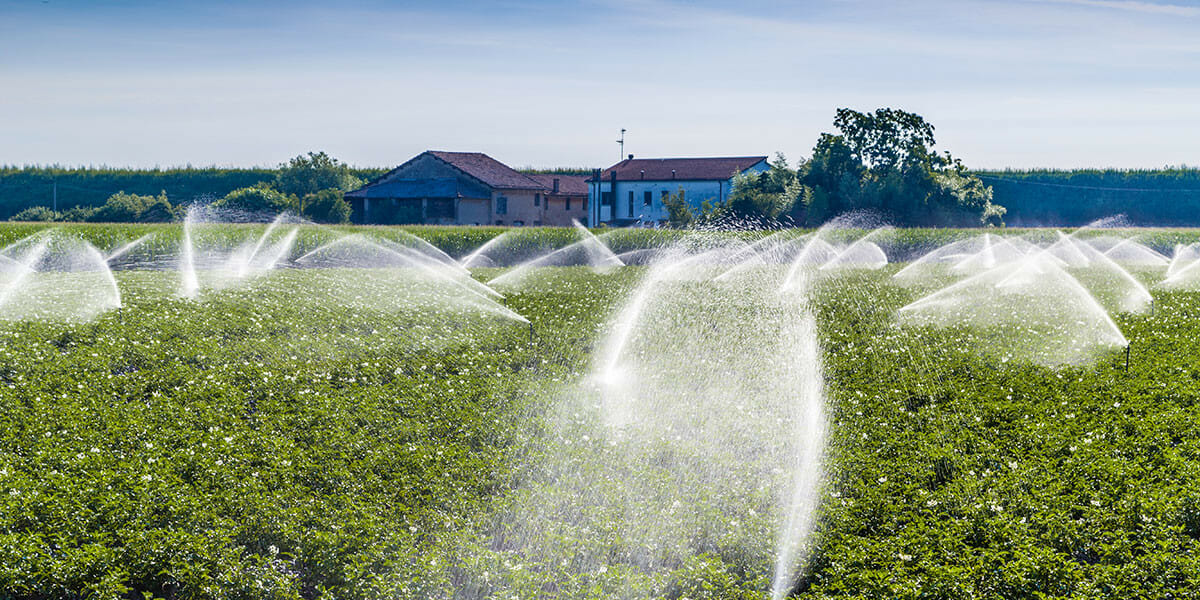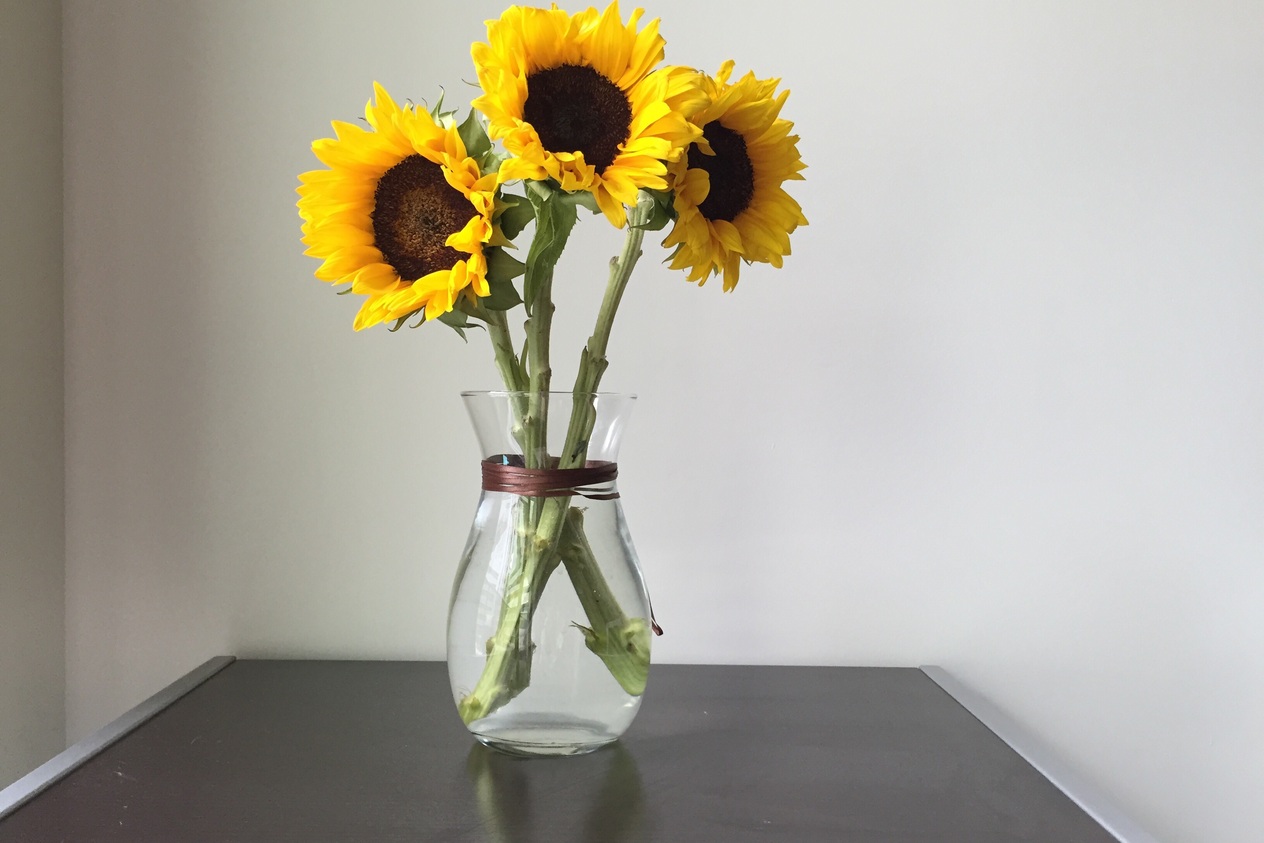Home>Types of Gardening>Ornamental Gardening>How Long Will Unplanted Tulip Bulbs Last


Ornamental Gardening
How Long Will Unplanted Tulip Bulbs Last
Published: January 19, 2024
Discover how long unplanted tulip bulbs can last and get expert tips on ornamental gardening. Learn how to maximize the lifespan of your tulip bulbs.
(Many of the links in this article redirect to a specific reviewed product. Your purchase of these products through affiliate links helps to generate commission for Chicagolandgardening.com, at no extra cost. Learn more)
Table of Contents
Introduction
Tulips are renowned for their vibrant blooms and are a cherished addition to any garden. However, the fate of unplanted tulip bulbs often raises questions among gardening enthusiasts. How long can tulip bulbs remain unplanted and still yield beautiful flowers? This article delves into the factors influencing the longevity of unplanted tulip bulbs and offers valuable tips for extending their lifespan.
The allure of tulips lies not only in their stunning colors but also in their resilience. Unplanted tulip bulbs possess the remarkable ability to endure a period of dormancy, awaiting the optimal conditions for growth. Understanding the factors that impact the viability of unplanted tulip bulbs is crucial for any gardener seeking to maximize their potential.
By exploring the various elements that influence the longevity of unplanted tulip bulbs, we can gain insights into how to preserve and nurture these dormant beauties until the opportune moment for planting arrives. Let's embark on a journey to unravel the mysteries surrounding the lifespan of unplanted tulip bulbs and discover the secrets to prolonging their vitality.
Factors Affecting the Longevity of Unplanted Tulip Bulbs
Several key factors play a pivotal role in determining the lifespan of unplanted tulip bulbs. Understanding these elements can empower gardeners to make informed decisions regarding the storage and care of their dormant bulbs.
- Storage Conditions: The environment in which unplanted tulip bulbs are stored significantly influences their longevity. Bulbs kept in a cool, dry, and well-ventilated space are more likely to retain their viability compared to those exposed to excessive moisture or extreme temperatures. Proper airflow is essential to prevent mold or rot, ensuring the bulbs remain healthy during their dormancy.
- Bulb Quality: The quality of the bulbs at the time of purchase or harvest is a crucial determinant of their potential lifespan. Healthy, firm bulbs with no signs of damage or disease are more likely to endure an extended period of dormancy and still produce vigorous blooms when eventually planted.
- Dormancy Period: Tulip bulbs have a natural dormancy period, during which they can remain unplanted without compromising their ability to bloom. However, the duration of this dormancy varies among different tulip varieties. Some may retain their viability for one to two years, while others, particularly species tulips, may require planting within a few weeks of being unearthed.
- Age of Bulbs: The age of unplanted tulip bulbs can impact their longevity. Freshly harvested bulbs are more likely to sustain their vitality during storage compared to older bulbs. As bulbs age, their energy reserves may diminish, potentially reducing their ability to produce robust blooms once planted.
- Species and Varieties: Different tulip species and varieties exhibit varying degrees of resilience during unplanted periods. While some types may tolerate prolonged storage and still thrive upon planting, others may have more stringent requirements and a limited window of viability.
By comprehending the interplay of these factors, gardeners can adopt strategic measures to prolong the lifespan of unplanted tulip bulbs, preserving their potential to blossom into breathtaking displays of color and elegance.
Tips for Extending the Lifespan of Unplanted Tulip Bulbs
Maximizing the longevity of unplanted tulip bulbs requires careful attention to storage and handling practices. By implementing the following tips, gardeners can effectively extend the lifespan of their dormant tulip bulbs, ensuring they retain their vigor and vitality for future planting.
- Optimal Storage Conditions: Store unplanted tulip bulbs in a cool, dry, and well-ventilated location. A breathable container, such as a paper bag or mesh sack, can help maintain proper airflow and prevent moisture buildup, reducing the risk of rot or mold formation.
- Regular Monitoring: Periodically inspect the unplanted tulip bulbs during their dormancy period. Discard any bulbs showing signs of decay, damage, or disease to prevent the spread of issues to the remaining bulbs.
- Proper Labeling: Label the storage containers with the tulip variety and the date of harvest or purchase. This practice facilitates easy identification and ensures that bulbs are planted within the recommended timeframe for optimal results.
- Avoiding Exposure to Sunlight: Keep the unplanted tulip bulbs away from direct sunlight, as prolonged exposure can trigger premature sprouting or cause the bulbs to dry out. Darkness helps maintain the bulbs’ dormancy and preserves their energy reserves.
- Strategic Planting Time: When the time comes to plant the tulip bulbs, choose a suitable location and timing that aligns with the specific requirements of the tulip variety. Follow recommended planting depths and spacing to promote healthy growth and abundant flowering.
- Consider Refrigeration: In regions with mild winters, refrigerating unplanted tulip bulbs for a few weeks before planting can simulate the cold period necessary to break dormancy, especially for tulip varieties that require a chilling period for optimal blooming.
By adhering to these guidelines, gardeners can safeguard the potential of unplanted tulip bulbs, nurturing them through their dormancy phase and setting the stage for a spectacular floral showcase when the bulbs finally grace the garden soil.
Conclusion
Unplanted tulip bulbs possess a remarkable capacity to withstand dormancy, offering gardeners the opportunity to extend their lifespan through attentive care and strategic storage practices. By considering factors such as storage conditions, bulb quality, dormancy periods, bulb age, and the unique traits of different tulip varieties, gardeners can make informed decisions to preserve the vitality of their bulbs.
Implementing practical tips, such as maintaining optimal storage conditions, regular monitoring, proper labeling, and strategic planting, empowers gardeners to nurture unplanted tulip bulbs effectively. These efforts pave the way for the bulbs to thrive when eventually planted, rewarding the gardener with a breathtaking display of tulip blooms.
As stewards of these dormant treasures, gardeners play a crucial role in safeguarding the potential of unplanted tulip bulbs, ensuring that they emerge from their slumber ready to enchant with their resplendent hues and graceful forms. By embracing the art of preserving and nurturing unplanted tulip bulbs, gardeners can look forward to an abundant and vibrant tapestry of tulip blossoms gracing their gardens in the seasons to come.





